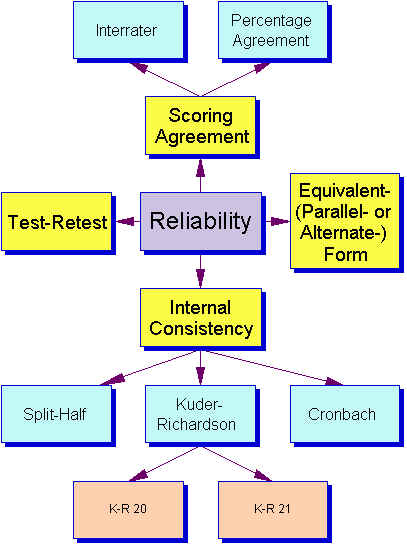
The scoping review addressed the following questions. The author followed the framework of Arksey and O’Malley who underscored five key phases when conducting a scoping review: (i) identifying the research question (ii) identifying relevant studies (iii) study selection (iv) charting the data and (v) collating, summarizing, and reporting the results. A scoping review offers a primary evaluation of the range of the available literature on a particular topic and is especially pertinent in disability and health research where there remains a lack of uniformity in the study design and measurement. Researchers carried out a scoping review relating to the validity and reliability of body composition measures in individuals with ID. Therefore, the purpose of this study is to review the reliability and validity of methods used for assessing body composition in individuals with ID. However, no study to our knowledge has reviewed measures used on this population despite the growing efforts being made to combat obesity through health promotion initiatives. It is essential to know which body composition methods are accurate and feasible for determining health status in individuals with ID. Research demonstrates that such equations should be limited only to the type of population in which they have been validated otherwise there is an increased risk that they may underestimate or overestimate body fat levels. Field methods including skinfold thickness and bioelectrical impedance analysis (BIA) also offer practical and more cost-effective alternatives but, unlike the high-precision laboratory methods, the accuracy of these methods remains dependent largely upon specific regression equations that should be selected on the basis of a participant’s age, gender, ethnicity as well as physical activity, and body fat levels. Laboratory or “reference” methods, such as air displacement plethysmography (ADP), hydrostatic weighing, and dual-energy X-ray absorptiometry (DXA), are conducted often with reliable results on diverse populations even if their expense and lack of portability sometimes limit their use in community-based settings. Several alternative solutions are available to scientists and practitioners seeking to assess obesity in individuals with different types of ID. Yet, there remains a question as to the extent these methods accurately reflect body composition or fat distribution in individuals with ID who often display unique anthropometry compared to individuals without disabilities. Recommended by the World Health Organization, body mass index (BMI) and waist circumference are used frequently to measure obesity across different populations. More specifically, research documents physiological mechanisms that associate total and regional body fat with insulin resistance, glucose metabolism, serum lipid concentrations, and blood pressure. Individuals with intellectual disability (ID) are at increased risk for obesity and extreme obesity, which contribute to numerous cardiovascular, pulmonary, and metabolic diseases.

There may be a need to devise further regression equations that apply to individuals with specific types of ID in order to increase the reliability and validity of body composition measurements.


The current literature contains too few well-conducted studies to determine the precision and validity of body composition measures on individuals with ID. BMI and waist circumference appear suitable measures but skinfold thickness measurements may not be advisable due to participants' noncompliance resulting in a lack of precision and inaccurate results. Searches identified six articles assessing body composition methods used on individuals with ID including body mass index (BMI), skinfold thickness, bioelectrical impedance analysis (BIA), waist circumference, tibia length, and anthropometric girth measurements. Reviewers included primary research related to the validity and reliability of body composition measures on individuals with ID. Authors conducted electronic searches through PubMed (1990 to present) and PsycINFO (1990 to present) and assessed relevant articles independently based on scoping review guidelines. This study reviewed the validity and reliability of methods used for assessing body composition in individuals with ID. Research shows obesity to be more prevalent amongst individuals with intellectual disability (ID) making correct measurement of body composition crucial.


 0 kommentar(er)
0 kommentar(er)
